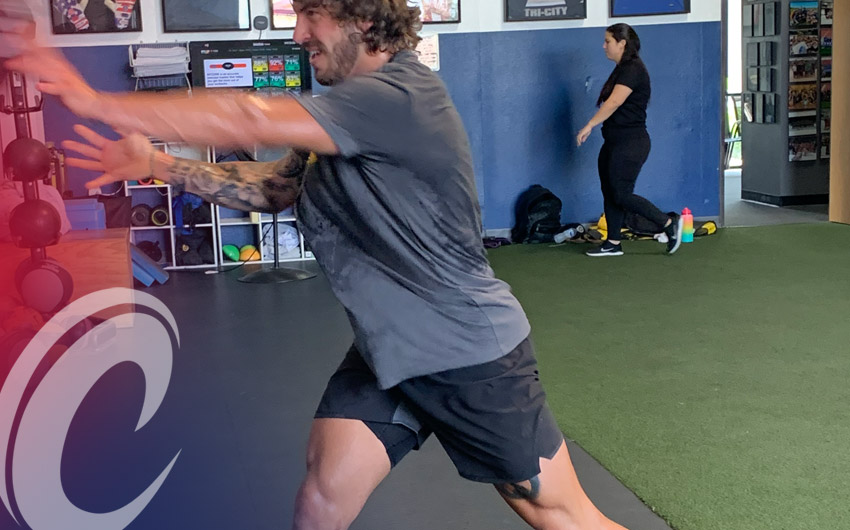 One of the most common requests I get from hockey players when they are referred to me for training is the need for increased hip mobility. But what does that mean? And how does better hip mobility make you a better skater in hockey? Mobility plays a significant role in improving the hockey stride.
One of the most common requests I get from hockey players when they are referred to me for training is the need for increased hip mobility. But what does that mean? And how does better hip mobility make you a better skater in hockey? Mobility plays a significant role in improving the hockey stride.
Mobility should not be confused with flexibility. Flexibility can be defined as the range of motion of a single joint. Mobility is the ability to reach a desired posture or movement with control and strength through the full range of motion. With increased mobility through the hips, a hockey players will be able to have more efficient movement with in the hockey stride’s total range of motion. Younger players should take more time to learn the proper movement patterns while older players can focus more on increasing stride length over efficiency. Some common models of training would begin with approximately 3 weeks of introduction to the proper movement patterns which would then lead into 3 – 4 weeks of adding strength. Improved strength then leads into improved mobility which then leads into improved technique. All this combined can also lead into the ability to enhance speed and acceleration.
Seek out a Certified Athletic Trainer or Strength and Conditioning Specialist who can assist with this process as a part of your training program. Simple drills like ankle rocks, lunges with rotation, pigeon stretches, calf stretch, hip flexor and groin stretches are a good place to start.
Mike Hannegan is an Athletic Trainer and Strength Coach with ten years experience in the NHL with the Anaheim Ducks and St. Louis Blues. He currently the Director of the Compete Sports Performance and Rehabilitation facility inside The Rinks Yorba Linda Ice located in beautiful Orange County, CA. He can be reached at mike@competeperformance.com

